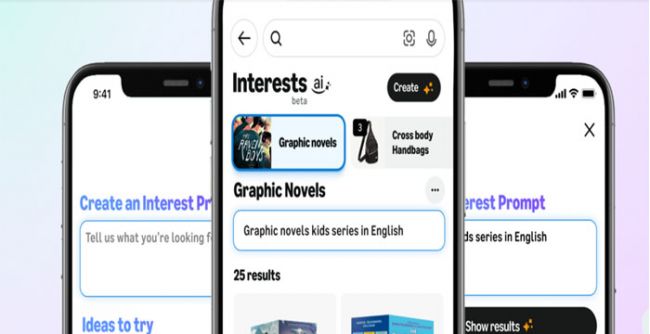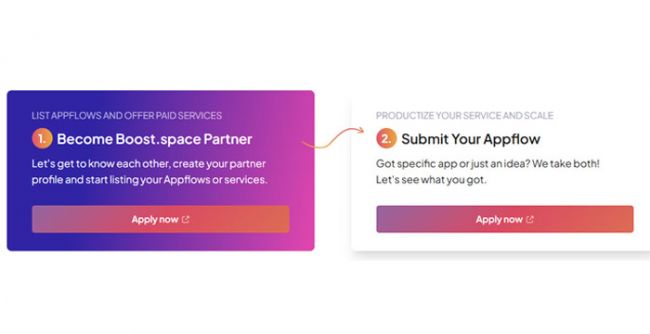Search engines no longer reward websites that simply publish often or hit keyword targets. They reward pages that solve problems, load fast, and keep people engaged.
In short: Google now ranks experiences.
The websites that succeed aren’t producing more - they’re producing smarter. They're using real-time performance data to guide decisions, shape content, and optimize for how users behave, not just what they search.
This shift is already reshaping how visibility works online. Let’s look at what it means for your strategy - and how to use it to your advantage.
Guesswork Still Runs Most SEO Efforts
A lot of teams still create content based on assumptions. They brainstorm topics in meetings. They target keywords with high volume. Then they publish and hope it works.
The problem? Hope doesn’t scale.
Today’s search engines use machine learning to understand user intent. They track bounce rate, scroll depth, and engagement. If your content doesn’t hold attention or lead to action, it drops - no matter how “optimized” it looks on paper.

More marketers are starting to ask what is SEO intelligence as they move beyond basic metrics. The answer lies in using real user behavior - not assumptions - to shape smarter SEO decisions. It’s about shifting from a content-first mindset to a user-first mindset, where each page is designed to perform and not just exist.
Smarter Data, Smarter Decisions
SEO intelligence means paying attention to how users interact with your site - and letting that feedback guide your content, design, and structure.
Instead of guessing what to fix, you're watching what’s working.
For example, a page with high impressions but low clicks might need a better title. A blog post with decent traffic but low engagement may need a tighter introduction. When users exit quickly, it's often a sign the page promised something it didn’t deliver.
You don’t need a big team to catch these signals. Tools like Google Analytics 4, Microsoft Clarity, and even Google Search Console offer more than enough to identify weak spots and quick wins.
Over time, these adjustments compound, leading to better rankings, longer sessions, and more qualified leads.
Use Intent, Not Just Keywords, to Shape Content
Writing for the algorithm used to mean picking the right phrases. Now it’s about meeting the user’s need.
Someone searching “how to organize remote teams” probably wants examples and checklists. Someone searching “best team tools” is comparing options and looking for guidance.
If you treat both the same, you’ll confuse the reader - and lose the lead. Recent research on how people are using natural language in search confirms this shift: users now expect search engines to understand full questions, not just keywords. Your content has to reflect that change.
Grouping content by user intent (informational, comparative, or action-focused) helps you deliver the right answer faster. This increases time on page, improves click-throughs, and strengthens your authority with both readers and search engines.
Make Small Fixes with Big Impact
You don’t need to overhaul your site to see better results. Even small changes - guided by the right data - can create real momentum.
Start by reviewing a few of your top-performing pages. Look at how users behave on them. Are they staying? Are they clicking anything? Is there a clear call to action?
If something feels unclear, it probably is. Rewriting a confusing headline, shortening the intro, or moving a CTA above the fold can make more difference than publishing something new.
This kind of refinement takes less time and delivers more ROI. Most importantly, it helps you avoid wasting resources on content that might never perform.
Before You Publish Again, Ask This
Not every piece of content deserves to go live. Before adding anything to your site, ask yourself:
What question is this answering? What should the reader do next? Is there another page on your site that supports this one?
If you’re unclear about any of these, pause. Improve the draft before publishing. You’ll save time - and build stronger results with less effort.
Visibility Now Comes From Clarity
Ranking today is less about checking boxes and more about building pages that serve people.
When you understand how visitors behave, you stop guessing. You stop chasing trends. You stop creating content that looks good but delivers nothing.
You start writing what people actually need. You start improving pages that almost perform. You start creating systems that grow. And in doing so, you make your website more useful - not just to search engines, but to real people who matter.
That’s how smarter data use reshapes your visibility - not all at once, but one clear, focused action at a time.
Post Comment
Be the first to post comment!
Related Articles

Netreo: IT Monitoring and Automation Solution
Mar 29, 2025
Is Quantum AI the Next Tech Frontier?
Mar 28, 2025
Amazon’s Generative AI Push Goes Beyond Alexa
Mar 28, 2025
